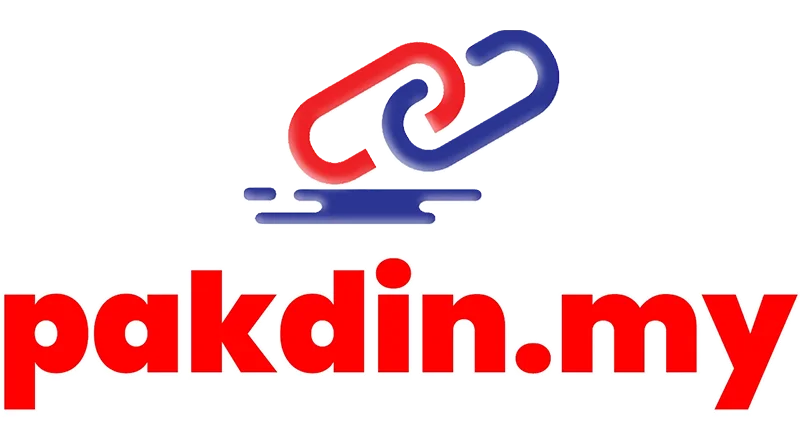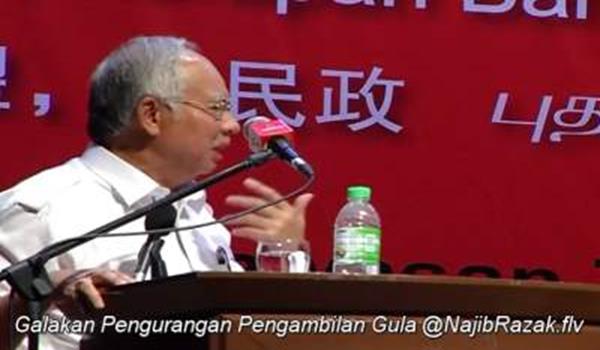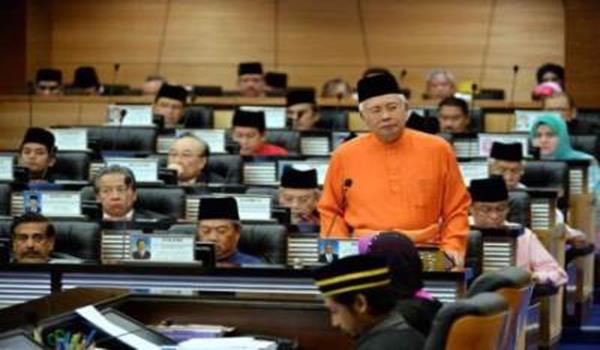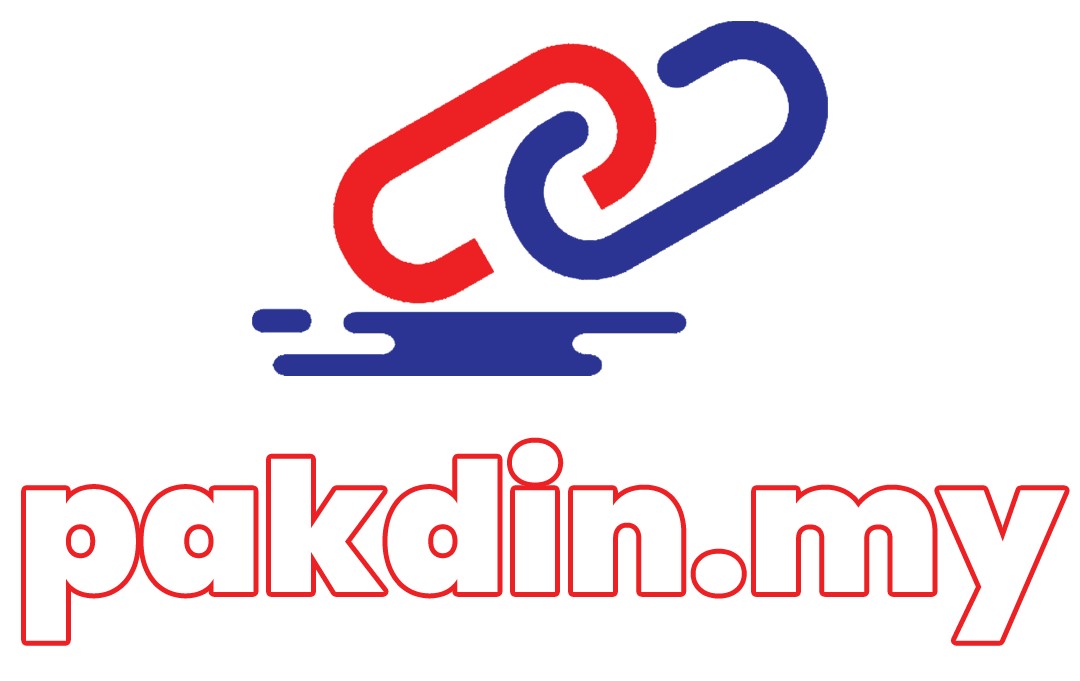Budget 2014 has been announced and while it offered a variety of incentives for the rakyat, there was very little related to IT, except for one.
In his speech, the Prime Minister Datuk Seri Najib Tun Razak reiterated the government’s commitment to increase HSBB Internet coverage to the masses, by initiating what he called Phase 2 of the HSBB project.
In essence, Phase 2 of the HSBB entails widening Internet coverage for more of the population, as well as increasing speeds in major towns and cities to more rural areas.
Bringing Internet access to more of the population should be lauded, as Internet access itself is now becoming a utility as important as water and electricity.
As such, Budget 2014 allocates an investment of some RM1.8bil and continues the government’s collaboration with the private sector to expand HSBB coverage in major towns.
This is expected to provide more coverage in urban areas and will benefit some 2.8 million households while Internet speed will be increased to 10Mbps.
Additionally, RM1.6bil will be invested to expand HSBB to suburban areas with Internet speed to be increased to between 4Mbps and 10Mbps — this move will benefit more than two million users.
Further, some 1,000 telecommunications towers will be built over the next three years to increase Internet coverage in rural areas and at the same time, underwater cables will be laid over the same time period at the cost of RM850mil to increase coverage in Sabah and Sarawak.
With Internet penetration in this country currently at about 60.7%, the move to expand HSBB coverage could not come at a better time, as many software companies like Microsoft, Adobe, Apple, Google and others are increasingly introducing more and more services on the Cloud.
In modern applications like Microsoft Office 365, for example, documents created on a computer aren’t simply stored on the computer — they can now be stored online and shared across multiple devices and accessed from any device that has Internet access.
Carlos Lacerda, managing director of Microsoft Malaysia, is of the opinion that the Government has laid out a very strong strategy.
“Now all eyes are on it to ensure that it is implemented well and towards success,” added Lacerda.
CA Technologies also welcomes the second Phase of HSBB, as this not only opens up opportunities for people in regional areas to better participate in the digital economy, but will also lead to improved communications, greater choice through e-commerce, greater employment opportunities and savings in both time and money.
Nevertheless, there are still some areas that could be improved upon — in this country, users pay about RM199 for 10Mbps and the fastest speed available is 100Mbps.
In Hong Kong, for example, a similar 100Mbps line costs HK$398 (about RM162) and the fastest line one can obtain is 1Gbps. In Singapore, a 100Mbps fibre broadband costs just SG$39.99 (about RM100) with a maximum of 1Gbps available.
With Internet speeds going up around the region and at a lower cost than here, it would have been more encouraging if the Government had made a bigger a push to increase HSBB to much higher speeds.










